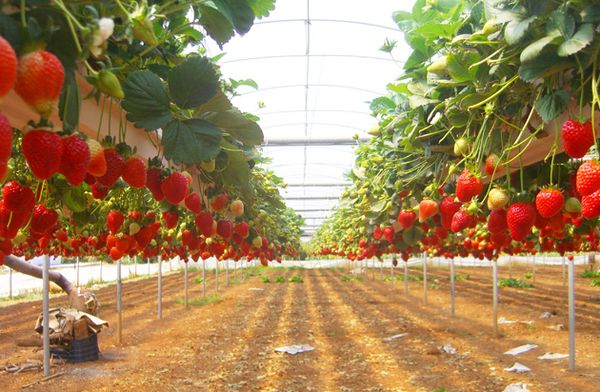Of course, everyone is familiar with the option of growing strawberries in the beds in the hot season. But in fact, the opportunity to get a harvest from the bushes of this berry is not limited to the classical method, there is another, more modern and fruitful one - hydroponics for strawberries. With it, you can get an environmentally friendly product all year round.
The information below is relevant not only for strawberries, but also for strawberries.
Table of contents
What is hydroponics?
“Working solution” - this is how hydroponics is translated from the Greek language. Its principle is based on the cultivation of plants, the physical basis for which is not a habitual soil, but an artificial substrate.
The following general properties of hydroponic substrates are distinguished:
- increased ability to absorb moisture;
- the possibility of air penetration;
- as a consequence of the two previous properties - the porosity of the material.
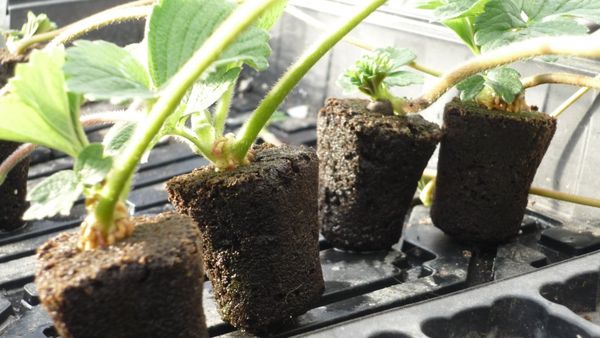
Pros and cons of growing strawberries by technology
As it is already clear, a hydroponic plant will help grow something without land. In our case - strawberries.
The method of growing strawberries hydroponics requires abundant and frequent watering a special solution that must be prepared in accordance with the requirements of the plant, which will be discussed closer to the end of the article. Now - about the advantages and disadvantages.
Advantages of hydroponics:
- Adjusting plant nutrition. If during the traditional land planting your plants are influenced by the natural environment, then in the case of using hydroponics, the plants are completely controlled by you.For example, you have control over the amount of nutrients entering the root zone.
- Water saving. Berry transpires the entire volume of fluid consumed. It does not disappear when watering or during evaporation - the situation is quite different when using classical cultivation in the ground.
- Nutrient Saving. Again, due to the pinpoint nature of the interaction between man and plant, the overall profitability in the area of nutrients also increases. They, as is usually the case, do not leave for the most part without a trace into the ground.
- Herbicides can now be do not use. Weeds will not be. This is whereby the hydroponic method allows the production of pure products.
- Plants that have been grown hydroponically, in fact much more viable. This fact has been repeatedly noted by the famous botany author William Texier.
- As a consequence of the preceding paragraph, occurs increase in productivity - healthy plants give, of course, better results.
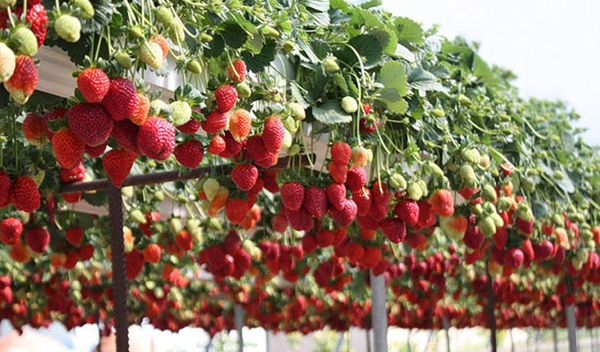
Minuses:
- The key disadvantage is that you should be well prepared.Hydroponic method and errors are poorly compatible. The fact is that the soil has buffer properties, it, like any natural zone, maintains its own balance even if, for example, by chance it is given too much acidity, while the substrate does not have such a property.
- Another factor that can be forgotten (almost) in the traditional method of cultivation, but can not be forgotten using the technology of hydroponics - temperature. It must be maintained at the required level, and, for example, exceeding up to 35 degrees is likely to lead to the complete death of the roots.
Ways to grow at home
Method - hydroponics - one. And the methods vary from case to case.
But the most common and light are considered to be such as growing on the basis of a drip irrigation system, growing on the basis of the nutrient layer N.F.T., as well as using aquatic culture.
Strawberry Cultivation on the basis of drip irrigation involves the planting of bushes in the substrate and the supply of nutrient solution using simple droppers.The supply of liquid nutrient occurs in the zone just below the root.
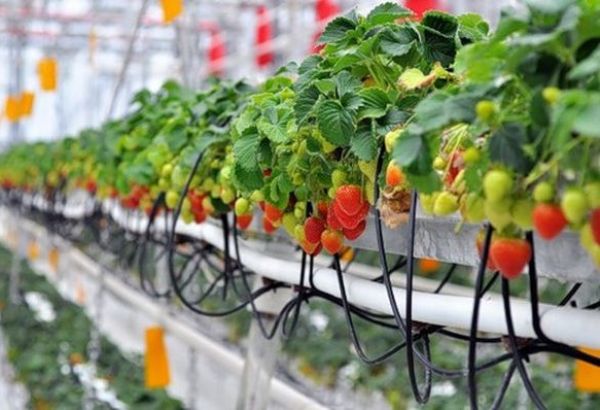
A peat mixture, mineral wool and even coconut are often used as a substrate - they are all pre-placed in a film through which the light does not pass, but air passes. The substrate itself is placed on a pallet that collects an excess of nutrient solution.
Second way nutrient layer N.F.T., is based on a circulating nutrient solution all the time. The system must be installed so that a thin layer of liquid forms at the bottom of the box. In this case, liquid is supplied to plastic products through hoses that are attached to a tank filled with nutrients.
Initially, the plants are planted with their own hands in plastic cups, the bottom of which almost reaches the liquid layer. As it grows, the root zone will gradually sink into the liquid mass and receive all the necessary substances for development.
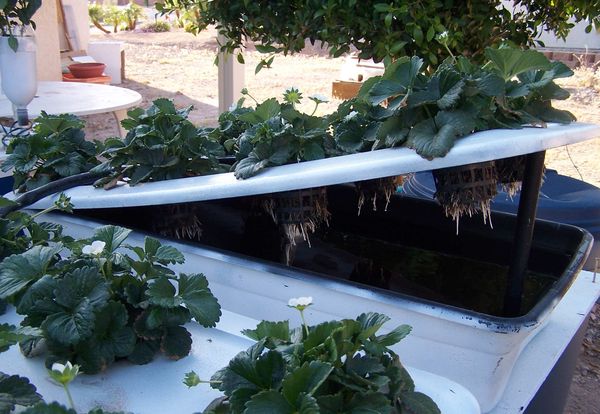
Strawberry Cultivation water culture method - the third hydroponic method is really not very suitable in our case, because strawberries are not moisture-loving plants.
Bushes will grow, but the yield will not be compared with what can be obtained using the other two main methods. Problems with bacteria and the root zone are likely to occur due to the difficulty in properly controlling acidity.
Nutrient solution
Ideally, it should contain the following in the table macronutrients:
| pH | Ca ++ | Mg ++ | Na + | K + | NH4 + | NO3- | PO4- | SO4 = | Cl- |
| 5.8-6.2 | 200 | 50 | — | 100 | 4 | 76 | 45 | — | — |
And also such trace elements:
| Fe | Mn | Cu | Zn | Bn | Mo |
| 3 | 0.5 | 0.05 | 0.5 | 0.5 | 0.05 |
Nutrients by no means should not appear on the foliage. Only roots.
Other factors to consider
Strawberry very sensitive to lack of light. It is extremely important sufficient constant illumination. For home conditions, this is especially true in the winter.
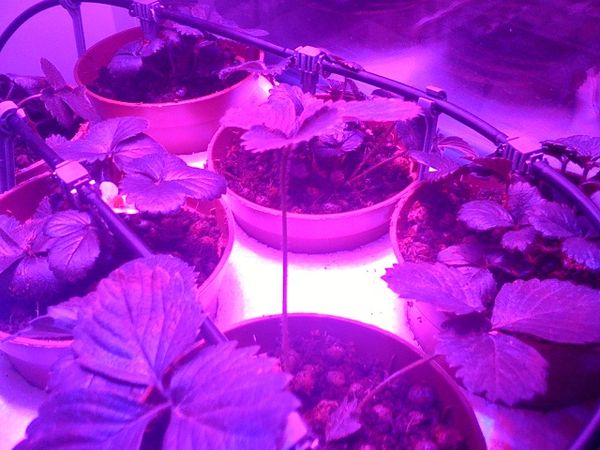
The overall backlight power needs to be kept at 60,000 lumens - about this power is comparable to the summer sunlight in the middle lane. Highlight strawberries need from 12 to 20 hours a day.
This method of planting strawberries can be used by experienced gardeners for sale, as well as by amateurs - all that matters is carefully work the system before launch and prevent possible difficulties.
Success guarantees you a year-round flow of berries in an amount that you could not even think about when using the traditional method of cultivation.
Hydroponics is probably the future of agriculture, even in the area of personal needs.
